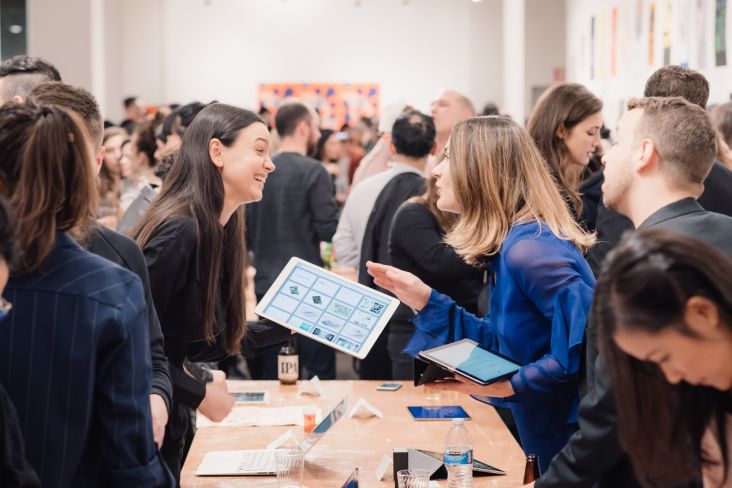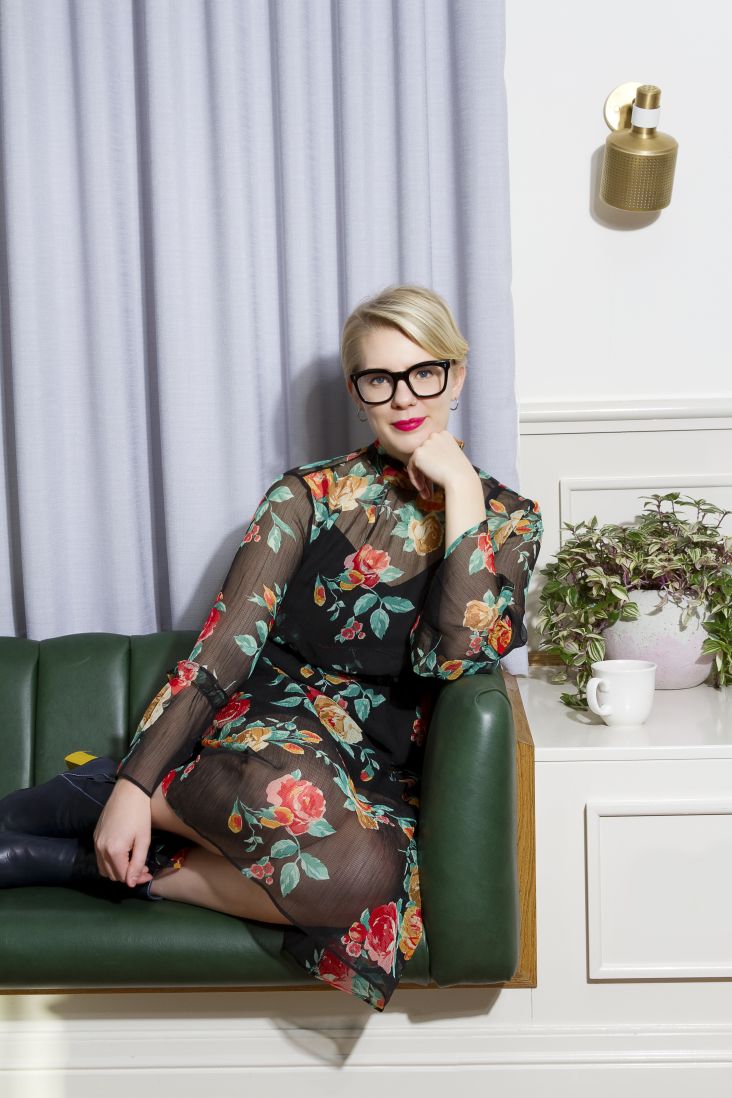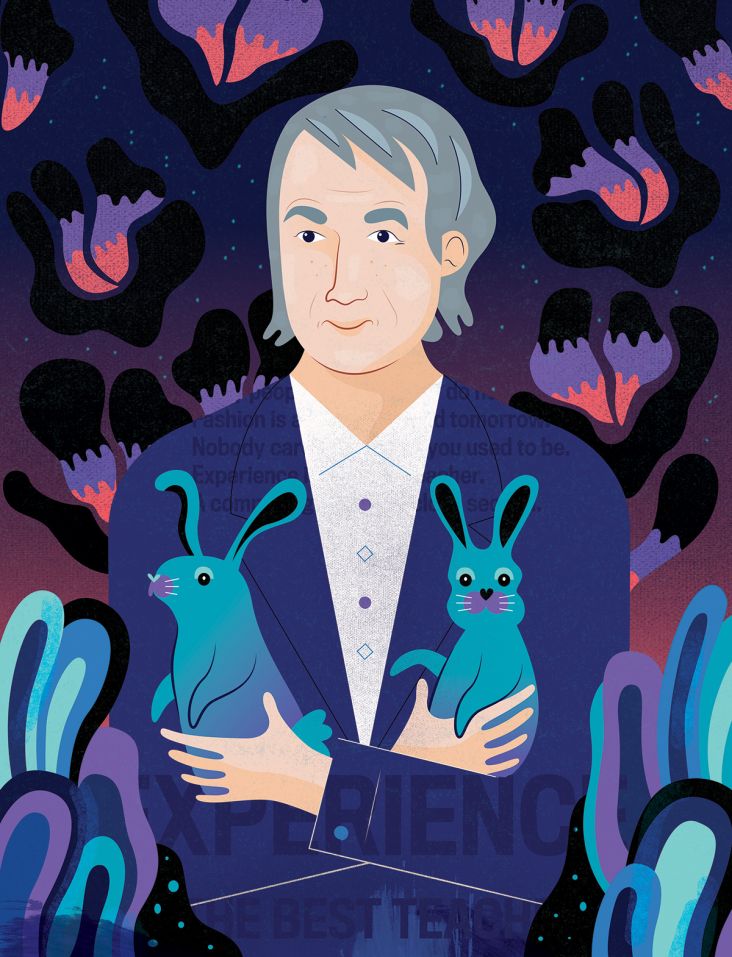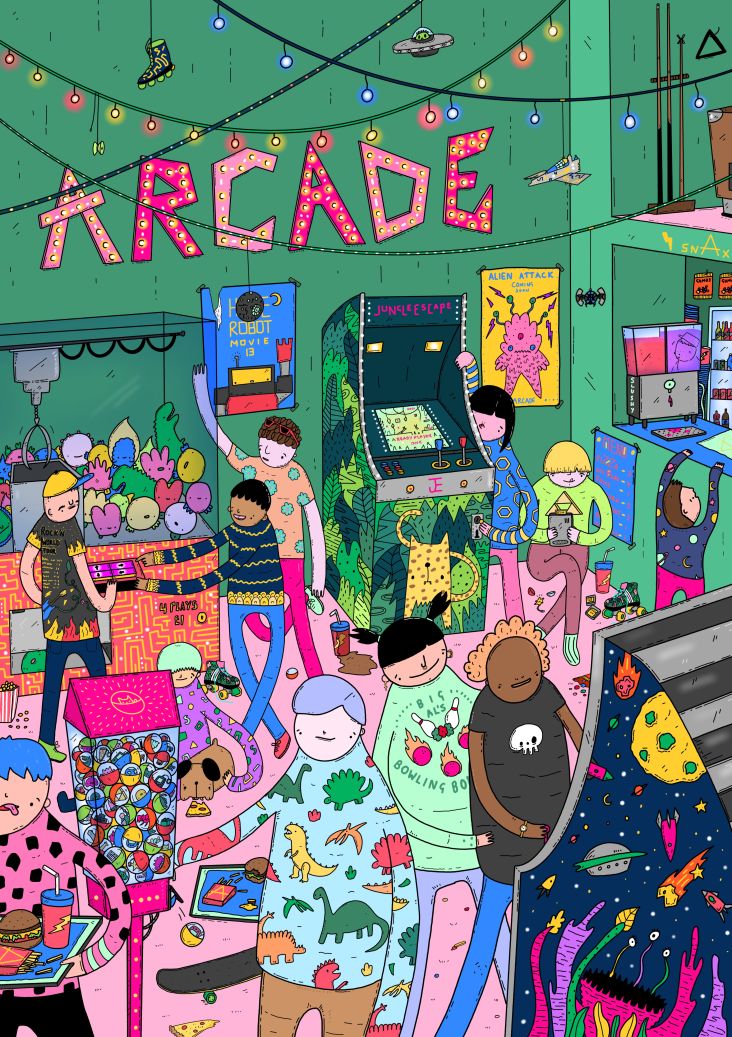What I wish someone had told me before becoming a graphic designer
Want to pursue a career in graphic design? Then don’t try to reinvent the wheel. Countless designers have gone before you and made mistakes that you can learn from. Find out what they are, and you’ll instantly be a step ahead of the competition.
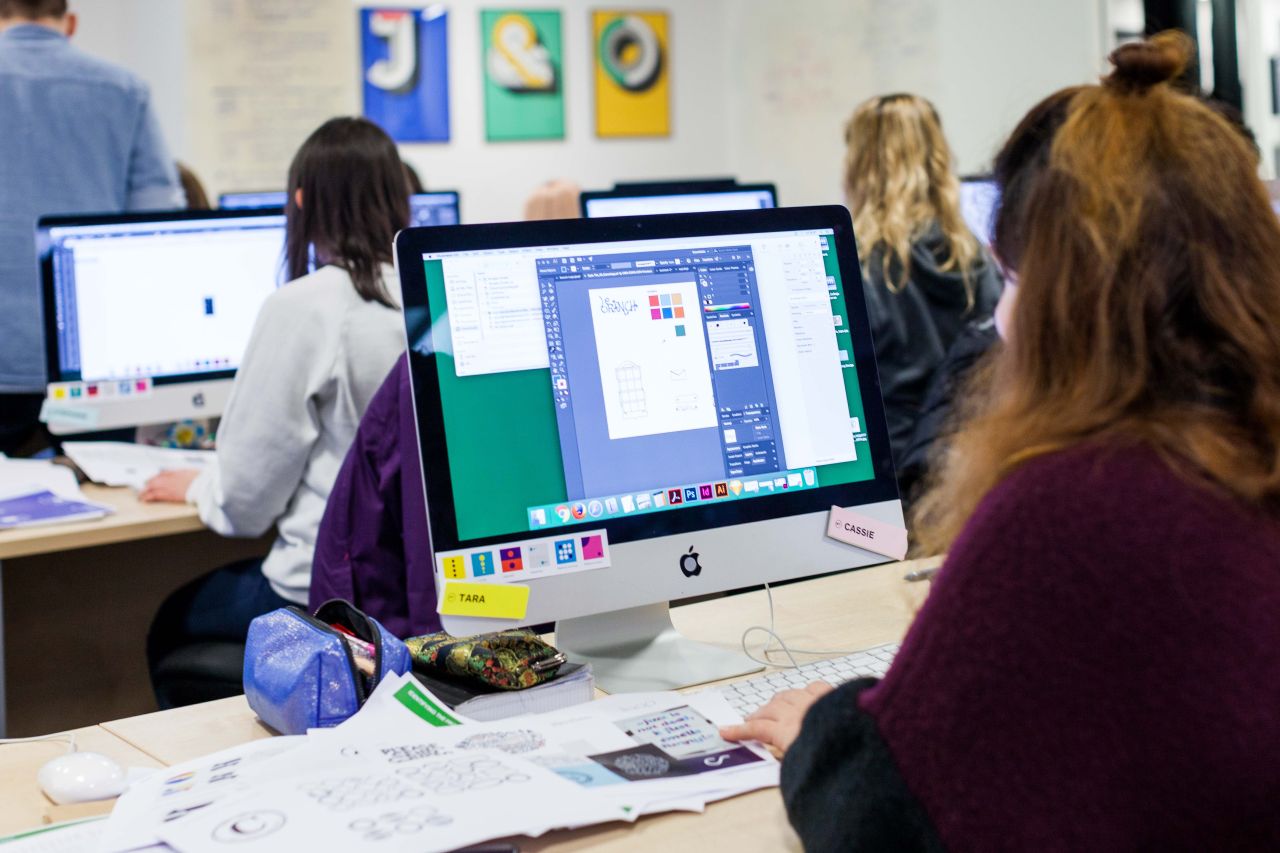
Image courtesy of Shillington
In this article, we speak to some of Shillington's teachers and graduates to find out what they wish someone had told them before they became a graphic designer. From knowing your limitations to understand the difference between briefs in college and the real-world, this advice is a must-read for any aspiring designer.
1. Respect how much you have to learn
When you’re young and keen, it’s a common mistake to bluff and pretend you know more than you do – even to yourself – says Sophia Mary Mac, a part-time teacher at Shillington.
“When I was a student, I wish I’d known that I didn’t know everything,” she says, and advises today’s youngsters to: “Just be a student while you still have the ‘student pass’. Admit you don’t know everything, and people will be happy to help you. Seize them and ask questions where you can. And be good to your peers and teachers, because you’ll be with them for the rest of your career.”
2. The need for self-discipline
“I wish I’d known how freelancing while working remotely actually takes a hell of a lot of focus and self-discipline,” says Shillington graduate Emily Somers. “It never really crossed my mind when I started, and it’s a skill I’m still working on. Sometimes sunshine or offers of coffee, brunch or wine are really hard to say no to!”
3. Don’t say yes to everything
Early on in your career, the right opportunities can be vital in establishing you as a creative. But that doesn’t automatically mean you should say yes to everything, believes Dylan McDonough, a past Shillington guest lecturer.
“Saying yes to every opportunity can lead to brilliant work and strong partnerships,” he says. “But it can sometimes lead to taking on a project that may be out of your depth, or not actually paying enough for what the client needs.
“My first failure in this came from third-party costs on a freelance job,” he recalls. “I said yes to the job without properly investigating how much the photographer would cost, how much the studio would be if we’d need retouching, and so on.”
4. Value people you meet
When you’re starting, one of the most natural things to forget is that you won’t all be students forever. "It’s important to value the people you meet along the way,” stresses Shillington graduate Dan Villalobos. “You never know where things will lead; you could end up working with – or for – each other."
5. Be fearless
The best advice I ever received was to be fearless about learning,” says Shillington graduate Keiran McCann.
“One of the reasons why I love design as a career is because you don’t have to be limited to one speciality. When I want to broaden my skillset, I tend to have a DIY mentality and will attempt personal projects outside of my day job that will ultimately teach me that new skill.
“I’m also a big advocate of investing in yourself, and one way I like to do that is by taking classes and workshops for the skills I can’t teach myself.”
6. Real-world briefs need fulfilling fast
“I wish I’d had more guidance to how to develop an idea quickly,” says Shillington teacher Wayne Smith. “My third-year degree was very ideas-focused, and we would often spend weeks pondering, thinking and discussing potential solutions to a design problem. When I started working in studios, though, I quickly realised that the luxury of pondering design solutions for weeks just wasn’t commercially viable.”
7. The importance of theory
“Something that most design boot camps lack is that theory is so damn important,” says graphic designer and Shillington graduate Eman Abdallah. “I don’t mean reading one book or two about design. I mean delving into the theory and truly understanding why something worked or didn’t work; learning about and understanding context. I believe that without studying theory and the history of design, a designer will be missing out on a lot.”
8. Research industry rules
Always familiarise yourself with the rules and regulations of the industry you're designing for, advises Shillington graduate Sean Raynor, who now works as Watermark Studio in Virginia, and specialises in branding and packaging design for the drinks industry.
"I highly recommend designers familiarise themselves with the rules and regulations of the government for products they’re interested in designing, along with what printing processes are available,” he says.
“For example, everyone at Watermark is very familiar with the TTB (Tax and Trade Bureau) regulations. A large amount of the packaging work that we take on is alcohol, so knowing these guidelines is very important for us."
9. Meet people
Shillington graduate Ani Monteleone has a great piece of advice for anyone seeking a career in graphic design. “Go out into the world and meet people,” she urges. “Surround yourself with people who are better than you, who are doing things you want to be a part of – even if it’s not exactly what you think you want to be doing.
“If you don’t have your own project going on, get involved in someone else’s project to stay busy and inspired,” she adds. “Work really hard but be nice, be humble, and be able to take criticism and embrace rejection.”
10. Document your process
When you’re starting your career, it’s natural to run with your creative instincts. But that can mean you lose track of your process, cautions Eman Abdallah. Instead, he advises: “Document your creative process in words as you go”.
“One of the main problems I faced when I started designing is not being completely attentive and aware of my own process,” he admits. “I’d end up with something amazing, but I couldn't remember exactly why I’d gone this specific route instead of another. I found it hard to describe my process because I wasn’t conscious of all the decisions I was making.
“Over time, though, I developed ways to document the process using text, voice and imagery. It works like magic when you have to explain your work to someone else.”


















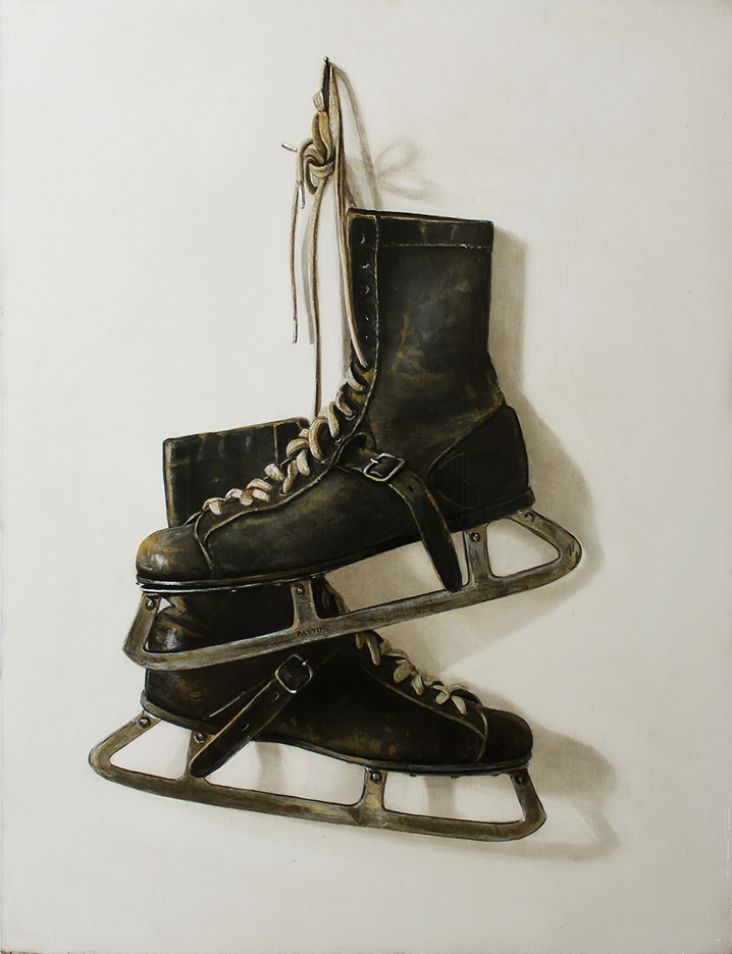
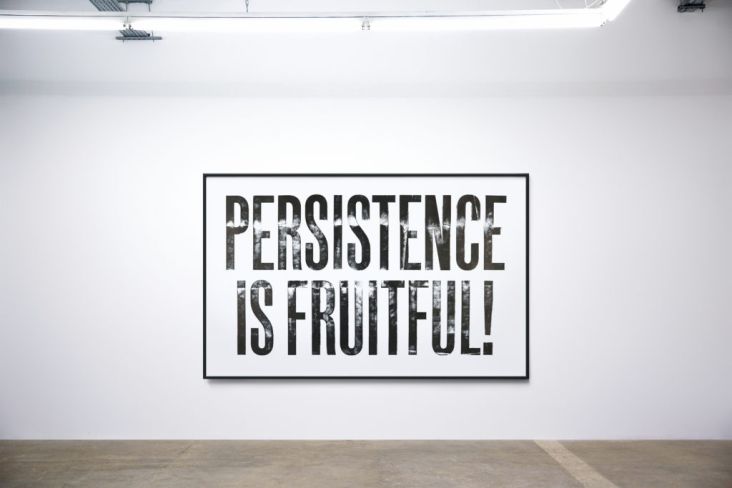
, commissioned by Creative Boom for International Women's Day 2019](https://www.creativeboom.com/upload/articles/fb/fbbe41e8d9d22eac120a99c4ab8acc144038258e_732.jpg)
